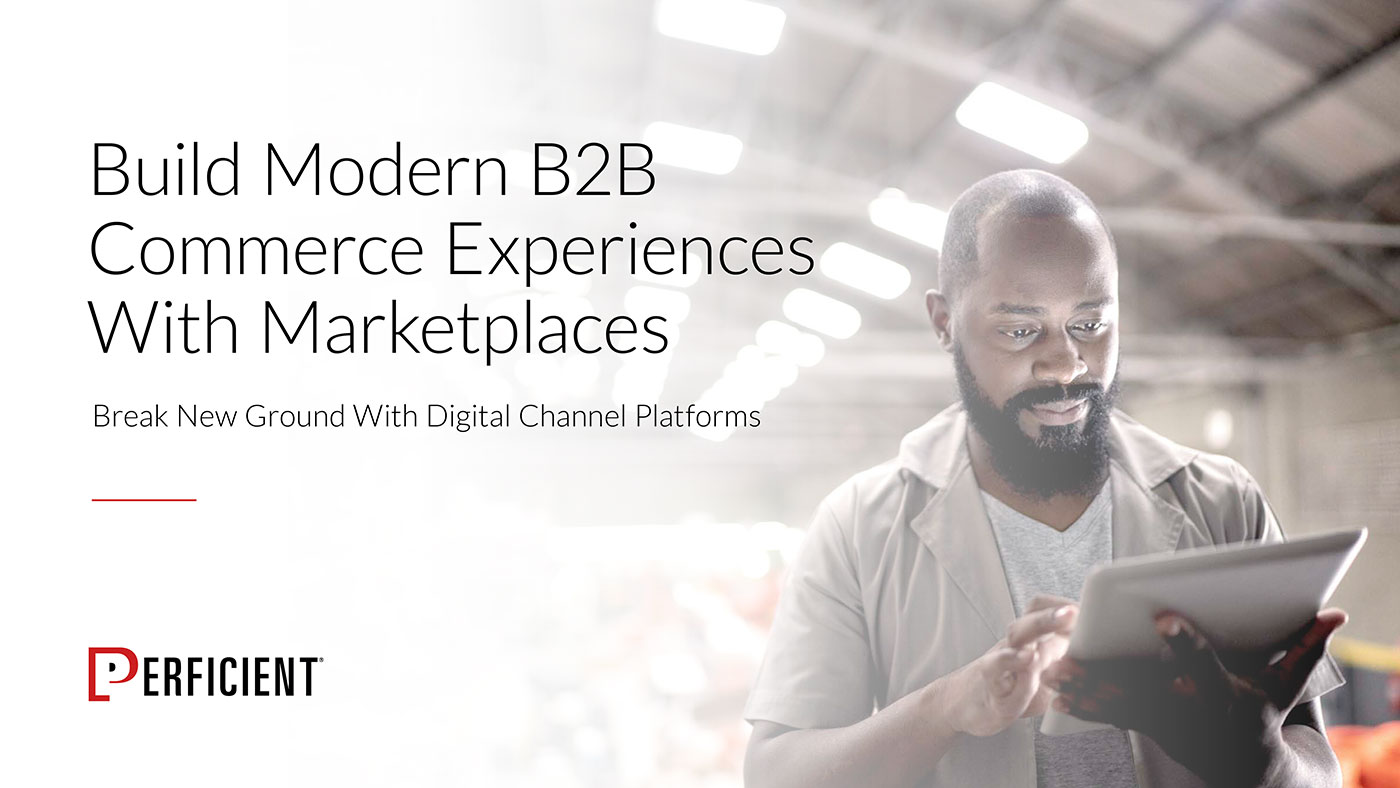Want to be more effective with lead routing? Before we dive in, let’s define a couple things so we’re all starting from the same page.
- You are: a company that sells products through indirect sales channels (i.e., territory managers, dealerships or partners).
- You want: a specific partner to be assigned to specific QUALIFIED leads to manage, nurture and generate revenue.
3 Keys to Lead Routing: Where the Rubber Meets the Road
Here’s where to start:
1. Implement lead routing to map partners to your territory.
Often, this is done by postal code assignments, but regardless of how your company slices and dices territories, getting leads/opportunities to the correct partner for a successful sale is key. You want to associate or “map” a fixed set of postal codes to each partner account. So if a lead comes in with zip code 56103, for instance, the partner mapped to that zip code will get assigned to that lead.
2. Update web forms and lead creation tools to capture the necessary data.
This is crucial to get leads/opportunities assigned to partners and give each partner enough information to work the lead. Namely, lead forms need to collect the postal code, product interest, market, application, etc. This step will help ensure that an incoming lead will match up with the mapping of partner to territory from step one.
3. Assign a person at each partner location who is responsible for receiving new leads/opportunities.
In short, you want not only a partner assigned to the lead, but a real person at the partner business who will reach out to work the lead/opportunity.
Qualified Opportunity Notifications = Happy Partners
Now to take this all one step further.
Partners don’t want to be overwhelmed with a bunch of leads they need to sift through to get to the buyers who are serious and ready to make a purchase. For implementation, we generally recommend:
- Lead assignment
- Nurture/qualification
- Lead conversion
- Opportunity notification
This means partners are technically assigned to the lead, but they are notified only after the leads have been prequalified and converted to an opportunity by a call center staff member, a lead scoring system or a set of predefined qualification criteria. This practice reduces the amount of lead “noise” the partners need to filter through, and they are left with hiqh quality leads, a more efficient sales process and more revenue.
3 Examples
So how does this really work in practice? Let’s take a look at three scenarios – one for specific territories, one for shared territories and one for enterprise routing.
Scenario 1: Partners with specific territories
- Papers United (B2B)
-
- Partner: Fargo Notebooks Inc (B2C)
- Territory: Zip Code mapping to 58103 and 56560
- Lead Manager: Marge Gunderson
-
- Partner: Beverly Hills Paper Company (B2C)
- Territory: Zip Code mapping to 90210
- Lead Manager: Brenda Walsh
Someone in Fargo, ND, wants to purchase paper. They go to the Papers United website and submit a request. This will generate a lead in Paper United’s Salesforce Sales Cloud. The lead routing engine will look at the 58103 zip code of the lead and assign Fargo Notebooks to that lead. That lead will be reviewed and eventually be converted to an Account, Contact and Opportunity, at which point Marge Gunderson will get an email notification with the details of the request of this prequalified lead.
Scenario 2: Partners with shared territories
- Papers United (B2B)
-
- Partner: Fargo Notebooks Inc (B2C)
- Territory: Zip Code mapping to 58103 and 90210
- Opportunity Manager: Marge Gunderson
-
- Partner: Beverly Hills Paper Company (B2C)
- Territory: Zip Code mapping to 90210
- Opportunity Manager: Brenda Walsh
Someone in Beverly Hills, CA, wants to purchase paper. They go to the Papers United website and submit a request. This will generate a lead in Paper United’s Salesforce Sales Cloud. The lead routing engine will look at the 90210 zip code of the lead and randomly assign either Fargo Notebooks Inc OR Beverly Hills Paper Company, since they are both assigned to the 90210 zip code. That lead will be reviewed and eventually be converted to an Account, Contact and Opportunity, at which point the Opportunity Manager will get an email notification with the details of the request of this prequalified lead.
Both of the above scenarios can also take into consideration a hierarchical partner structure. We often call these “enterprise” partners. With an enterprise partner, leads are assigned to the enterprise partner lead manager, and using an internal round-robin or product-driven approach, they can be reassigned and distributed to the child partners.
Scenario 3: Enterprise Routing
- Papers United (B2B)
- Enterprise Partner: Papers USA
-
- Lead Manager: Michael Lapiz
- Partner: Fargo Notebooks Inc (B2C)
- Territory: State mapping to North Dakota
- Enterprise Routing?: True
- Opportunity Manager: Marge Gunderson
- Partner: Beverly Hills Paper Company (B2C)
- Territory: State mapping to California
- Enterprise Routing?: True
- Opportunity Manager: Brenda Walsh
Someone in Beverly Hills, CA, wants to purchase paper. They go to the Papers United website and submit a request. Again, this will generate a lead in Paper United’s Salesforce Sales Cloud. The lead routing engine will see that the Account that has zip code mapping to 90210 also has Enterprise routing set to True. Therefore, the lead assignment will go to Papers USA and Michael Lapiz. The lead will be reviewed and eventually be converted to an Account, Contact and Opportunity, at which point the Michael Lapiz will get an email notification with the details of the request of this prequalified lead. Michael will decide (based on location, partner performance or other data) whether to reassign this lead to Fargo Notebooks Inc or Beverly Hills Paper Company.
What kind of approach is right for you? Or do you have other questions about how to make your own lead routing process more efficient and effective? Just ask. We’ll be happy to help.


